Technology
The strength of our system is not due to the use of a single next-gen technological solution, but from the COMBINATION of a suite of such solutions in ONE product.
For instance… Most core systems available on the market are cloud native. BOS besides being cloud-native is also cloud – agnostic, which means that it is compatible with different cloud infrastructures and it can be moved from one cloud environment to another without disruptions.
This perfect combination makes BOS a highly scalable and flexible system that can handle large volumes of transactions and protect sensitive customer data.
BOS inside
Tech that makes a difference
Microservices-based architecture
Each microservice is a self-contained unit that performs a specific function, and that is way it is easier to make changes or updates in BOS system to individual services without affecting the entire system.
Event Driven Processing
At BOS communication between system components is based on events connected with the Customer’s actions and events generated by business components;
Cloud native&cloud agnostic
BOS system has been created with the assumption that it will operate in a public cloud, but it can still be installed in any computing center (private cloud, on – premise);
Open Api
BOS gives the possibility of full and flexible integration with external systems (or modules) implemented by other suppliers without the need for the Supplier’s intervention;
Zero downtime deployment
BOS’ new system versions can be implemented without any downtime.
Database agnostic
BOS can run on any database (current implementations include PostgreSQL and MS SQL)
Component – based nature
BOS component – based nature allows to easy implement business processes expected by the client, integrated with OmniChannels while maintaining the transactional nature of the solution based on a distributed architecture.
BOS includes everything you need to run a next-gen fintech
Fintechs like it, fintechs use it.
With BOS you always get more
When we created BOS, we wanted to offer our customers something more than what legacy systems available on the market offered at that time. BOS means “to get more”.
BOS’ functional advantages
Partnership
Handling relationships with business partners (e.g. partner trade networks)
Subscription plans
Allow for optimizing commissions and fees for customers/customer groups. Subscription plans allow for defining service and product packages available to the system user and linking fees and commissions to these plans
CRS (Customer Relationship Sets)
Relations between customers allowing, for example, the building of common limits (e.g. within a family). The CRS module allows for defining relationships between the Bank’s customers, for example, it allows for building relationships such as a Family
Virtual accounts
Auxiliary accounts allowing for carrying out customer and internal bank settlements on analytical items
Mirror accounts
Auxiliary accounts allowing for carrying out customer and internal bank settlements on analytical items
Cashback
Allows for building partnership relations with trade partners, thanks to the option of reimbursing part of the transaction monies to the Bank’s customer
General Ledger
An embedded and fully integrated Ledger, both general ledger or sub-ledger, which aggregates analytical transactions in real-time based on a transaction handling mechanism and the links between these transactions and ledge records; it can be integrated with an external corporate ledger
Event manager
Flexible orchestration of system processes from the user interface. The adopted event-based communication allows for building internal data flow processes, managing information content of the events transmitted in the system, and easy integration of processes occurring in the system with external systems. With event-based communication, externally or internally initiated, the Bank can easily build interactions with the customer when handling the product handling in the system and include the customer in the decision-making and information process.
Event Driven Product Engine
Event-Driven Product Engine provides for product processing based on external events linked to user activities and events (tasks) generated by business components processing the product. Event-based product processing allows for decomposing the monolithic product processing model. As a result, product processing was broken down into pre-defined allowable business events on the product. Thanks to this the processing of individual events can be readily observed, new events can be defined without affecting other tasks, and product processing can be modelled based on defined business functionalities.

